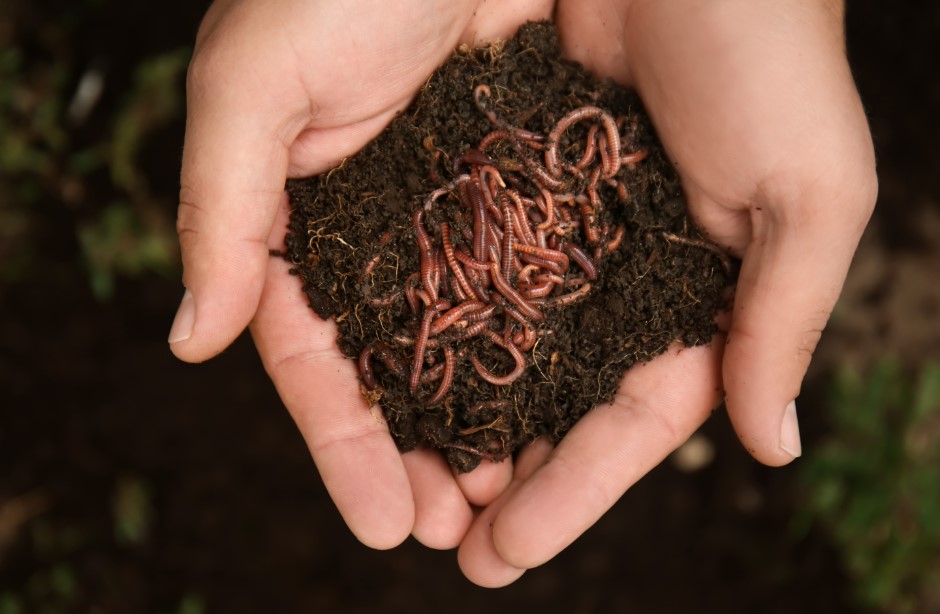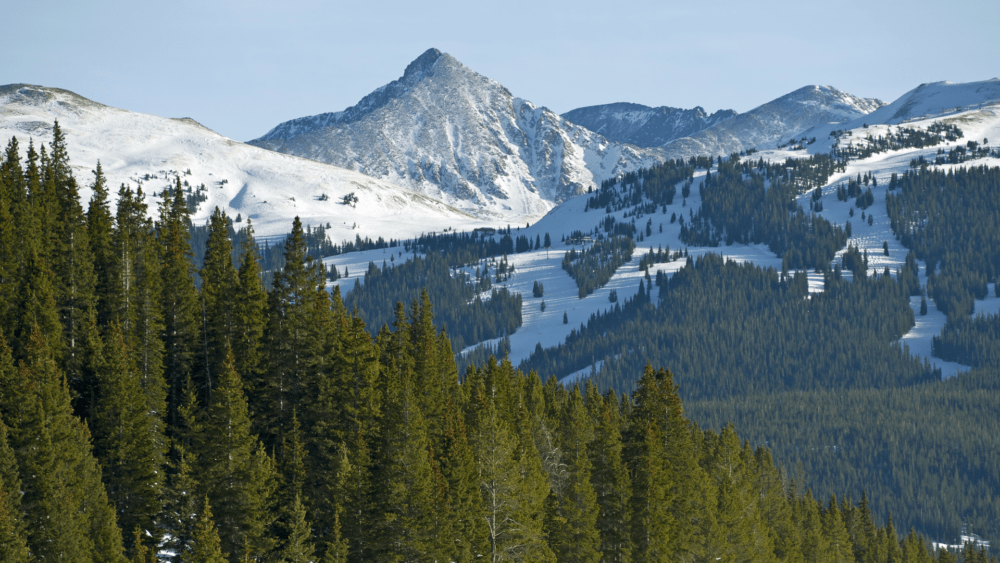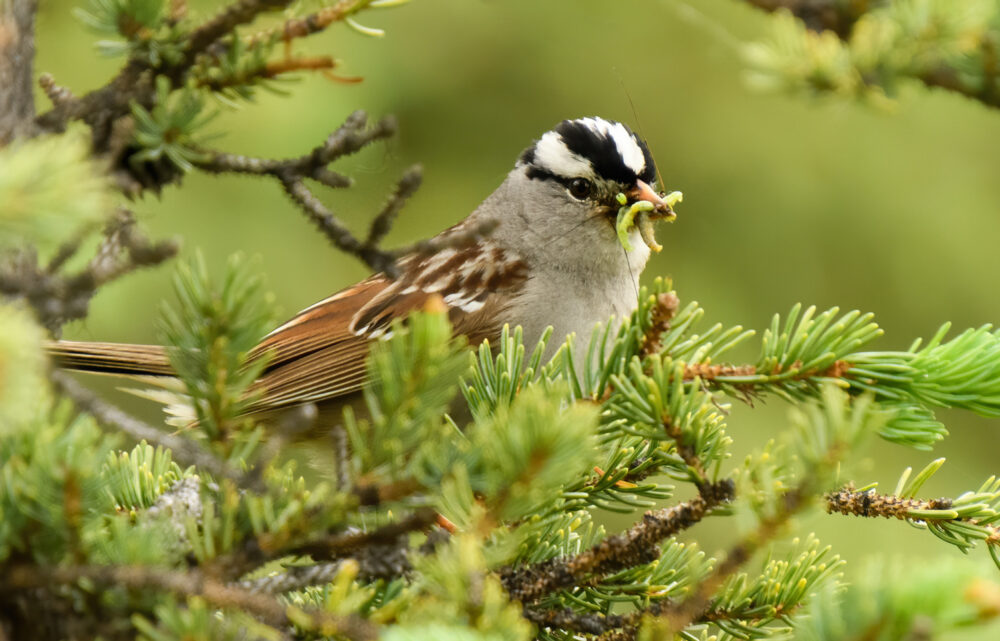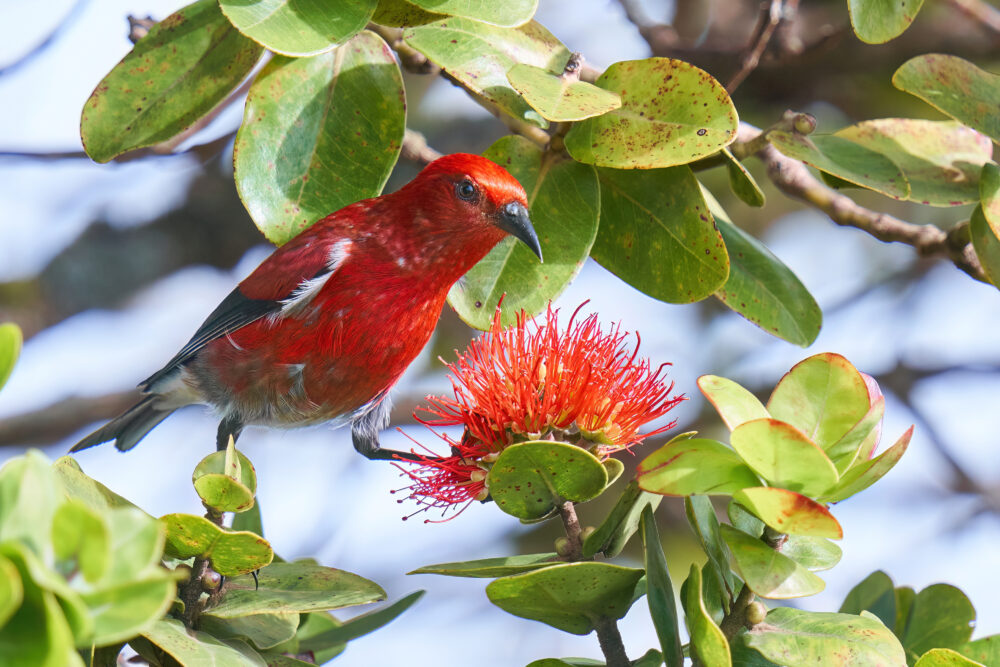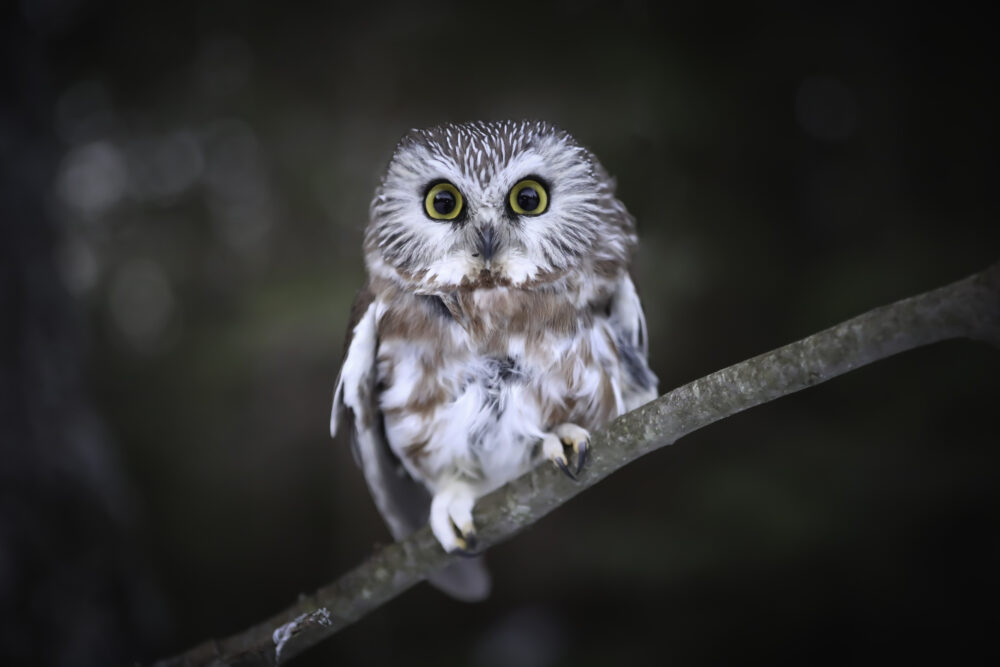We have much more to do and your continued support is needed now more than ever.
Bird of the Week: Wild Turkey

Like many of us this holiday, the Pilgrims of Plymouth, Massachusetts, probably feasted on turkey that legendary first Thanksgiving. In 1621, the big, handsome birds were plentiful throughout northeastern forests. They also were an important source of protein for the region’s Native Americans.
Wild turkeys were so popular among early explorers that they took some of the birds back to Europe from Mexico in the 1500s. There, turkeys were domesticated and returned to the New World with colonists who settled on the East Coast. The wild turkey is just one of two North American birds that have been domesticated. (The other is the muscovy duck.)
The wild turkey is North America’s second largest bird, after the trumpeter swan, and the toms are truly striking creatures with feathers that shimmer in hues of red, green, copper, bronze and gold. A mature gobbler may stand 4 feet tall and weigh around 24 pounds, with wings spanning 5 feet.
Despite their abundance in the 1600s, wild turkeys were hunted to extinction in Massachusetts by 1851. By the early 1900s, the birds had been wiped out over much of their range.
Now turkeys are back, thanks to programs in the 1940s to capture and reintroduce wild birds to habitats where they had vanished. (Earlier efforts to reintroduce game farm turkeys failed; the semi-domesticated birds were not tough enough to survive.) Today some 6.5 million wild turkeys inhabit 49 U.S. states and 6 Canadian provinces. Alaska is the only state without wild turkeys. Massachusetts alone has an estimated 20,000 of the birds.
As wild turkeys thrive, growing numbers of the birds have started moving from forestlands into suburbia, where big tom turkeys are harassing suburbanites—including homeowners, shoppers, baby-walkers, joggers, bicyclists, school kids and mail carriers—in towns from coast to coast, often within sight of big-city skyscrapers.
Communities near Boston, Massachusetts, have become hot spots for human-turkey encounters. In densely populated Brookline, for instance, mobs of wild turkeys roam backyards, halt traffic and occupy porches and decks where seed has spilled from bird feeders.
Backyard tips: Help keep wild turkeys wild! Avoid scattering bird seed on the ground and clean up spilled seed under feeders.
Voice: Displaying male (tom) gives a vigorous, descending gobbling. Other calls include a high, clear yelp, a repeated high hike and chickenlike noises.
Sources: “The Case of the Terrorist Turkeys” by Les Line, National Wildlife, October/November 2008; Cornell Lab of Ornithology’s All About Birds; and National Wildlife Federation Field Guide to Birds of North America.














